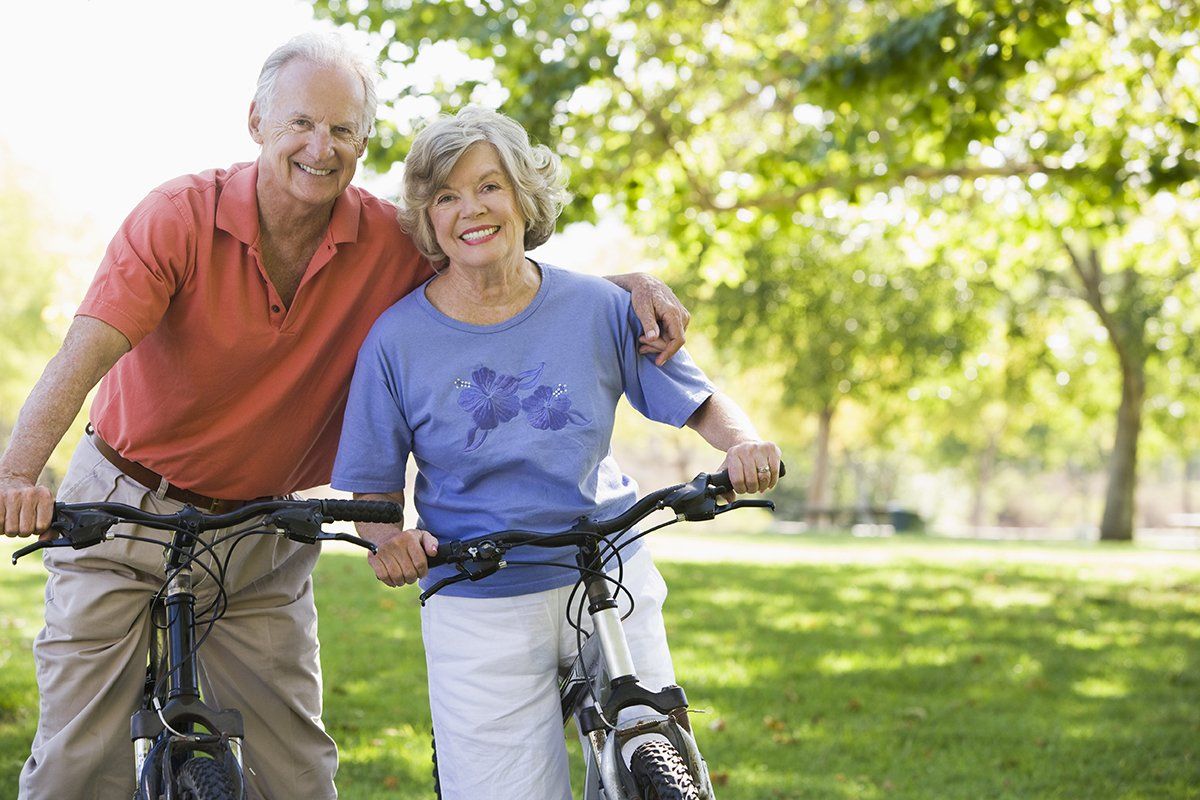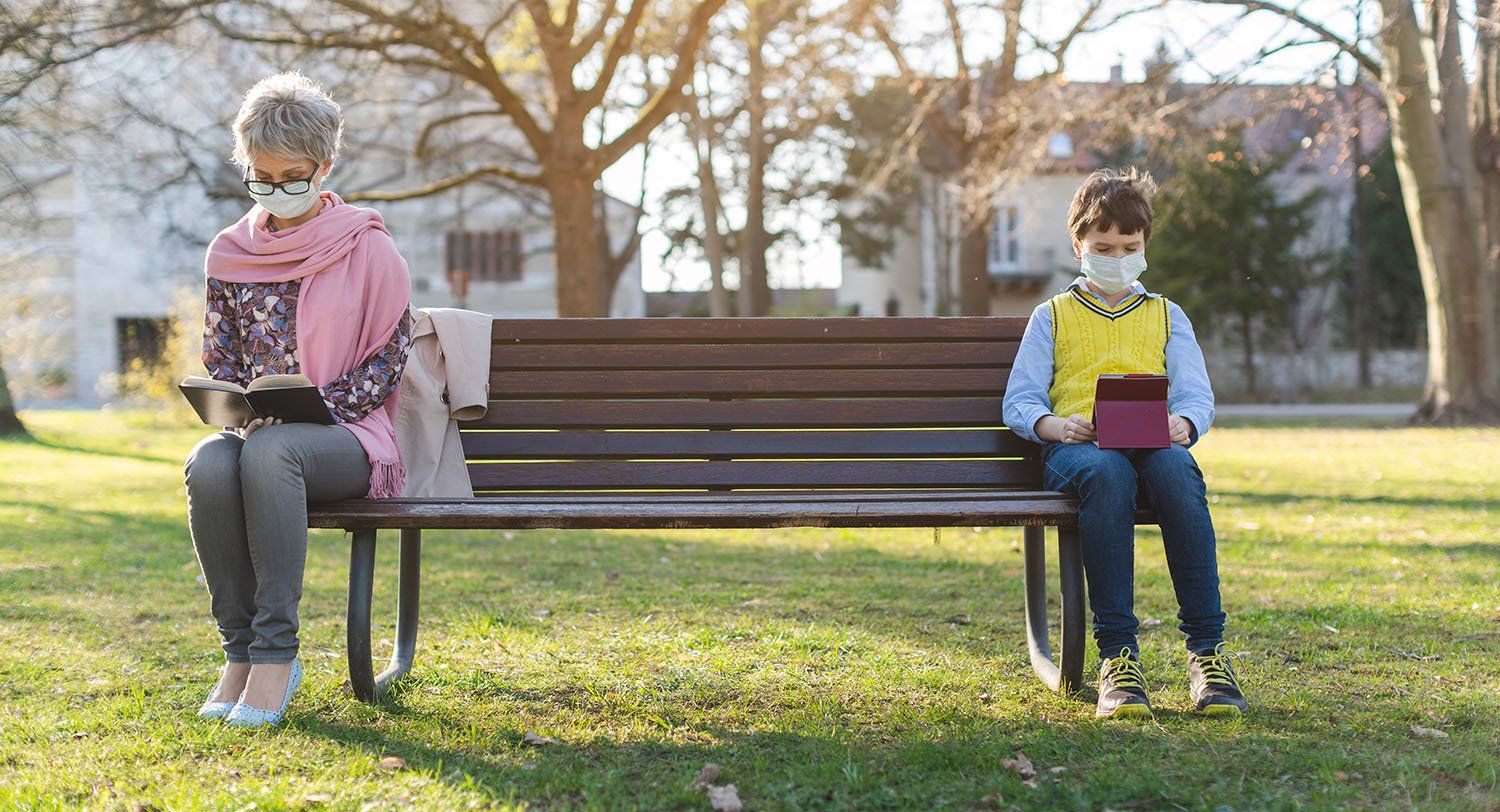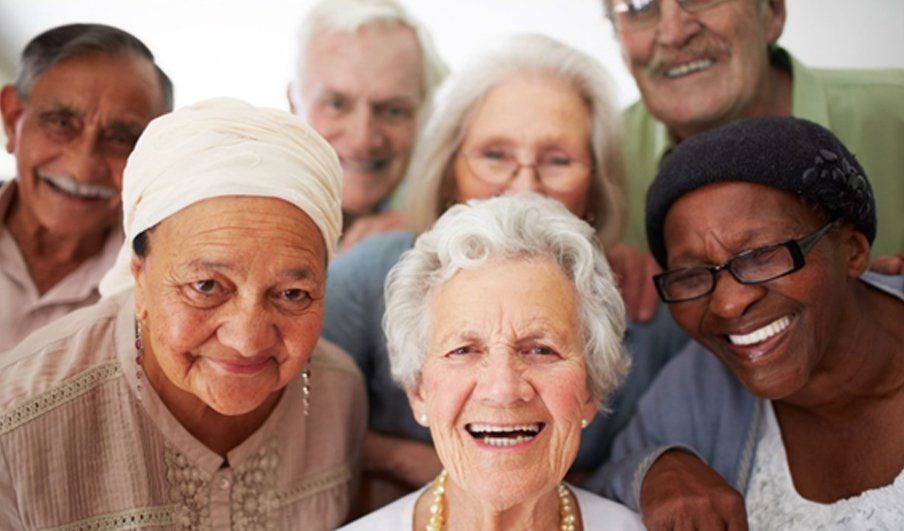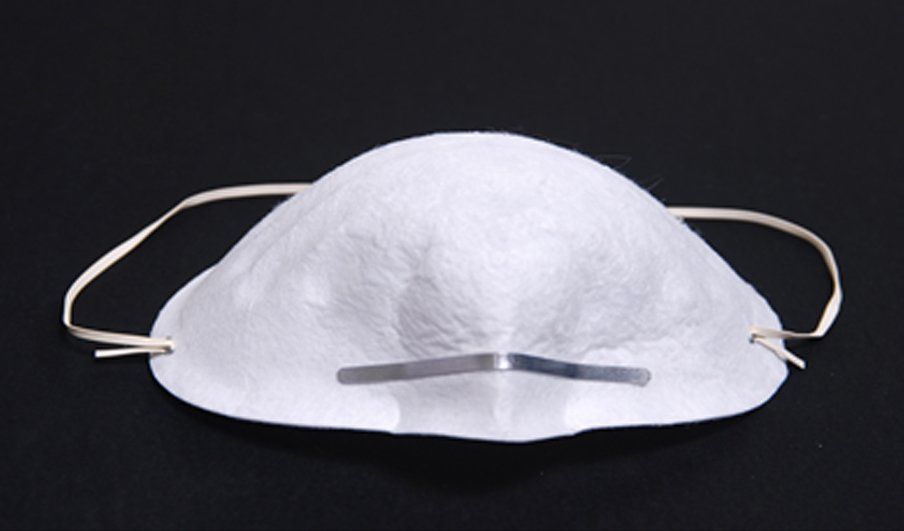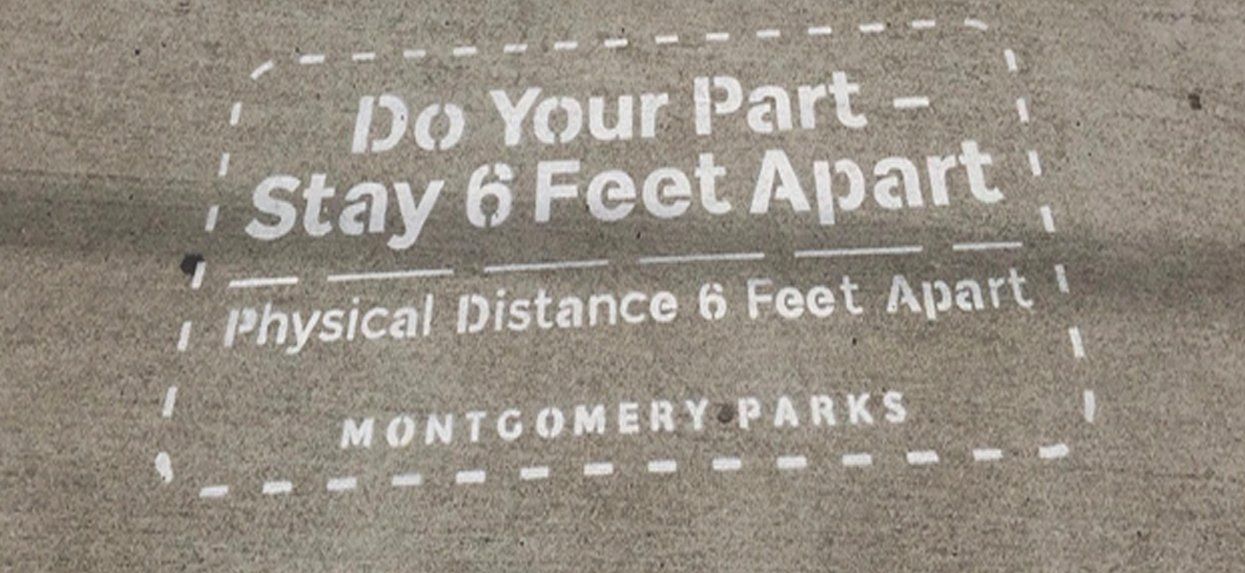After retirement “Where is your “third place”?

Sociologist Ray Oldenburg coined the term “third places”, in his 1989 book The Great Good Place. It refers to places where people spend time between home (your first place) and work (your second place). According to Mr. Oldenburg. “Third Places improve one’s quality of life by providing spaces where one can rest, escape from the mundane, socialize and emotionally discharge.” For some, it can be a coffee cafe, the gym, or a place of solitude, like a beautiful public space. Finding one’s “third place “after retirement, now that’s a challenge and is most important for our well-being, mentally and physically. Finding that place will help us build a stronger social relationship with others, but mainly with oneself. Research on the mental health of older adults, founded we live longer and stay in better health after retirement, when we build stronger social relationships with a 50 percent greater chance of survival than those with weaker ones.
Social connection has as much bearing on the life expectancy and has an even greater influence on mortality than obesity or lack of exercise. Additional studies have showed that loneliness and social disconnection can bring at least as much risk of premature death as high cholesterol or alcoholism. Staying engaged where you belong or can physically go to mix with others becomes even more vital to maintaining mental health. The trick is finding a place where you feel welcome. Look for a place where and with those that can interrupt cycles of loneliness that befall many after retirement, loss of spouse, or and onset of a physical impairment, such as “bad knees” or limited mobility. Loneliness is a state of mind and associated with problematic changes in our bodies, especially cardiovascular. Our nervous system takes on the mental and problematic changes to our bodies as we age, with heart disease being number #1.
As we age, it becomes harder to start new friendships or form new relationships with those we have known during our most productive years. However, volunteering, mediating to ease stress, exercising, accepting the challenges of life changes, and, most importantly, focusing on quality friendships and relationships can add more joy and meaning to your life. I found mine working with the Juanita C. Grant Foundation. Stay safe and live healthily
Lanita K. Brooks-Colbert
Board Chair, Juanita C. Grant Foundation
Must Read Newsletter
Sign up for news and events
Newsletter
Most Popular
